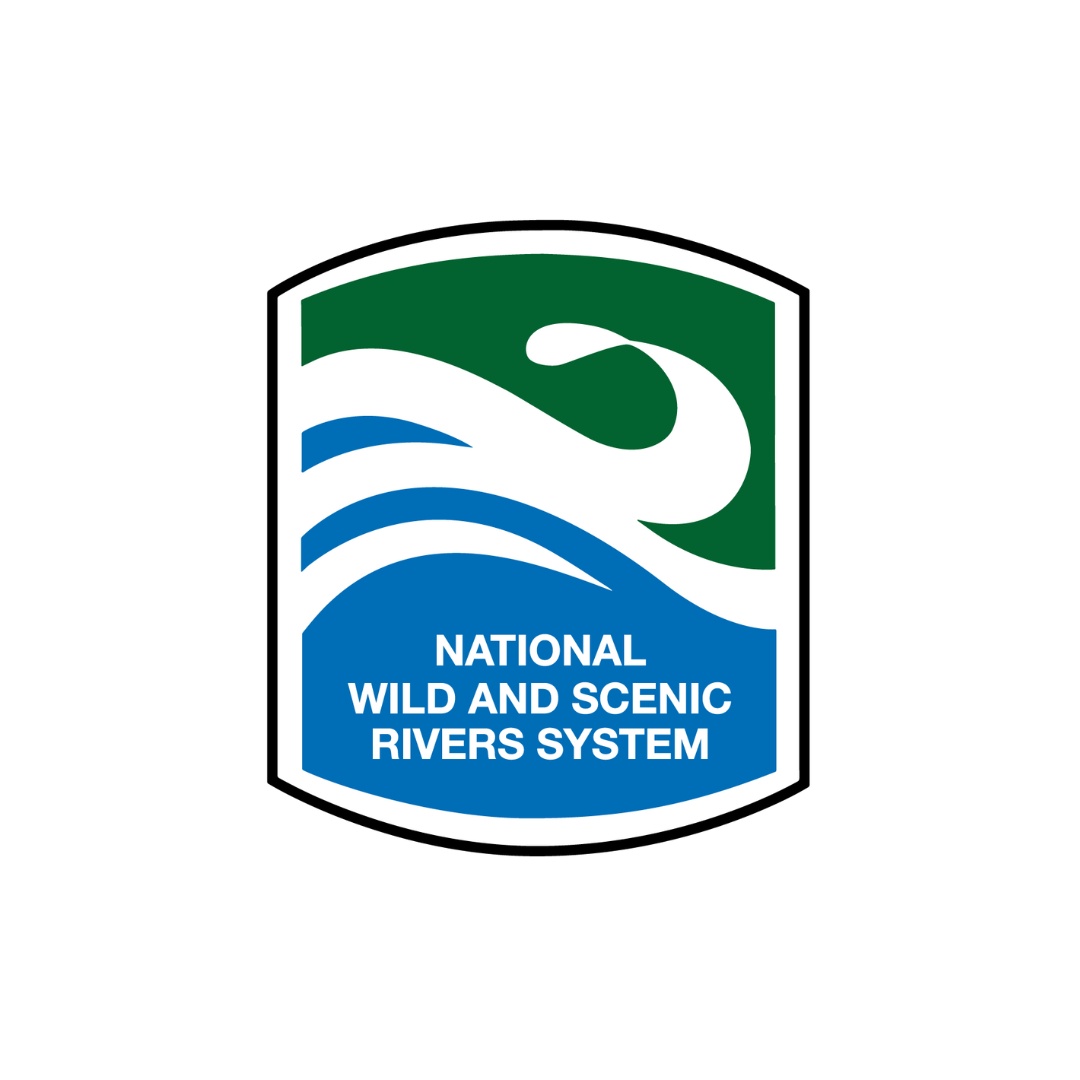Class I White River, IN
White River (Muncie to Wabash River)
The West Fork of the White rises as an insignificant creek near the Ohio border in central Indiana and winds gently westward. By the time it passes Muncie, however, it is a substantial river. Near the center of the state it abruptly turns south as it builds from the strength of hundreds of creeks and streams. One of those, Fall Creek, marks the chosen site for the state capital. Indianapolis now overshadows the confluence with the landmarks of urbanization. Further south the scenery changes to a broad, more open valley, but soon the river passes through hill country as it travels into Martinsville. The valley opens once more as the river continues its southwestern flow through Indiana's southern coal fields and sandy farmland. The West and East Forks finally combine to form the boundary between three counties as the White River flows another fifty miles to feed the Wabash. The banks of the West Fork are lined with woods of varying depth and include species such as maples, oaks, sycamore, river birch, cottonwood and others. As the season permits one may see Canada geese, cranes, ducks, deer, muskrat, fox and herons in addition to the usual numbers of squirrels, turtles, groundhogs and other common animals. Fishing in the stream varies from section to section with possibilities for largemouth and smallmouth bass, catfish, perch and crappie. (Indiana DNR Canoeing Guide)
Section Details
| Trip Length | Multiday, 475.0 Miles |
| Notes | https://www.in.gov/dnr/outdoor/4236.htm |
| Fishing | Yes |
| Camping | Yes |
| Manager | State, Indiana Department of Natural Resources |
| Wild & Scenic | No |
| Water Trail | Yes |
| Partner Information |
https://www.in.gov/dnr/outdoor/4461.htm
https://indnr.maps.arcgis.com/apps/webappviewer/index.html?id=79b2d75076774c248adcd918f699753e |
